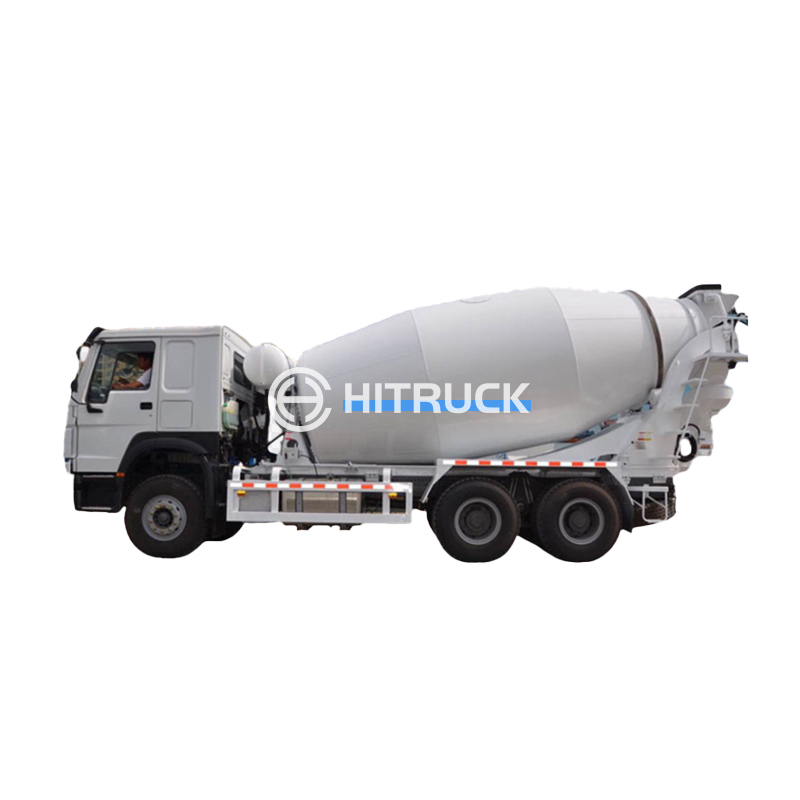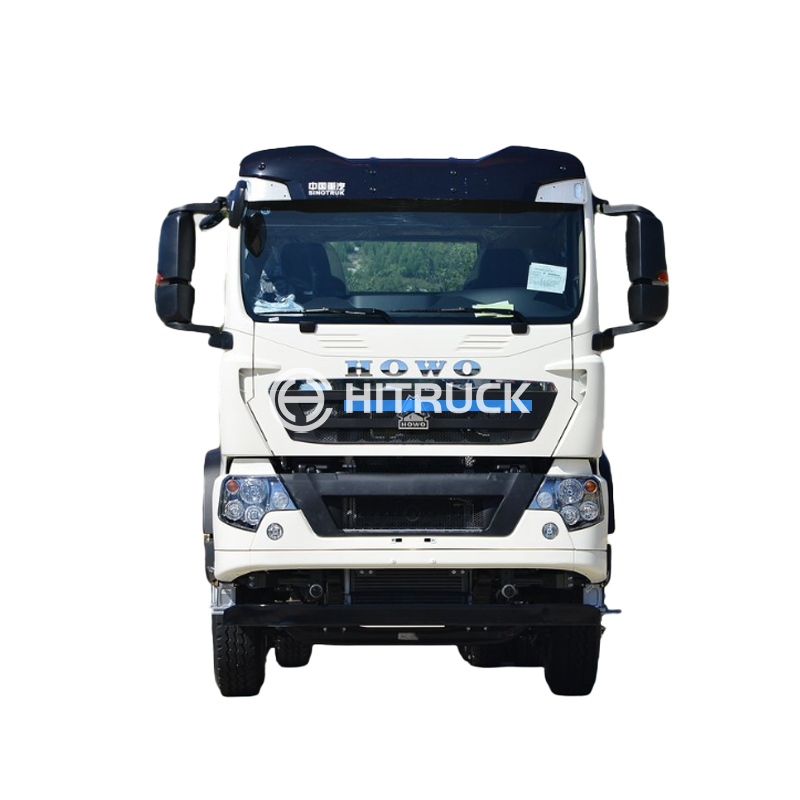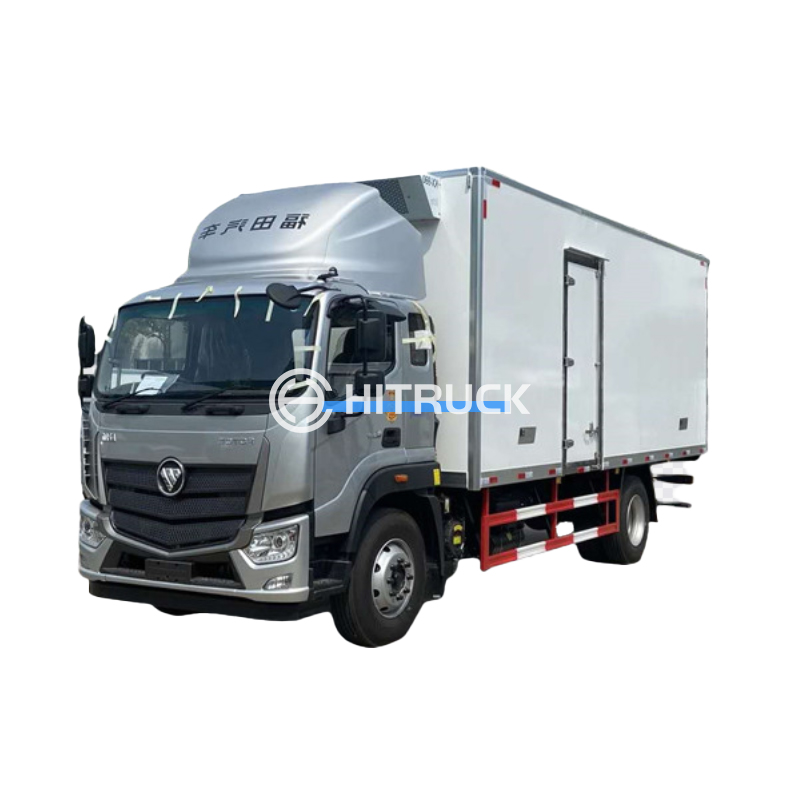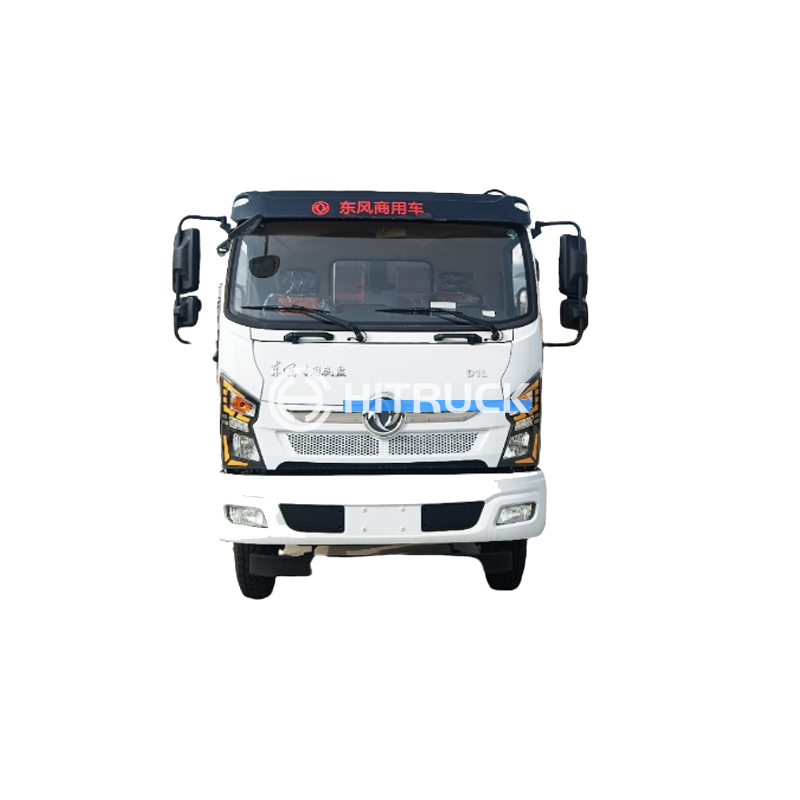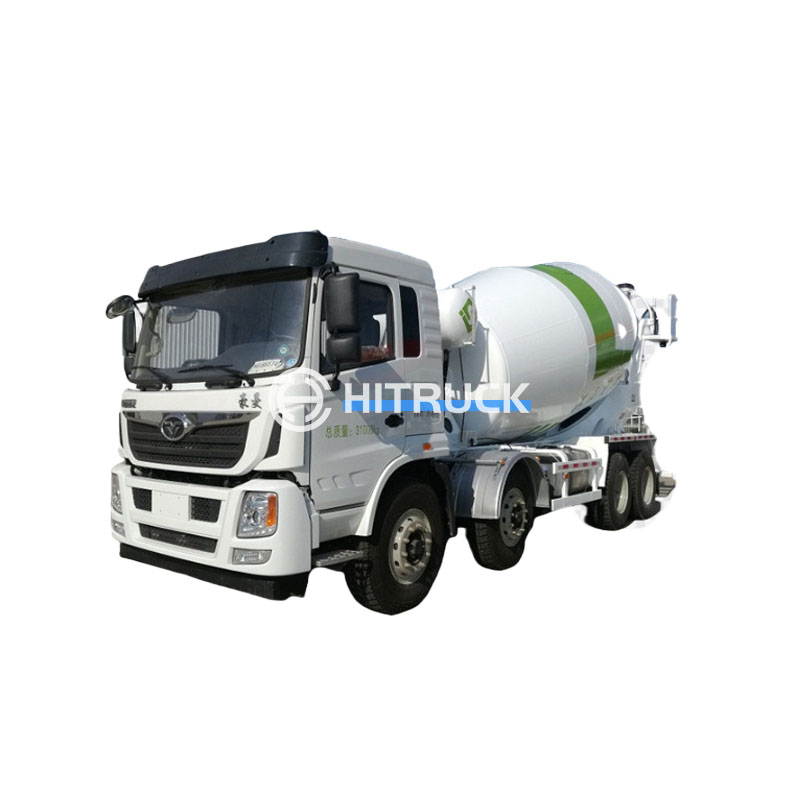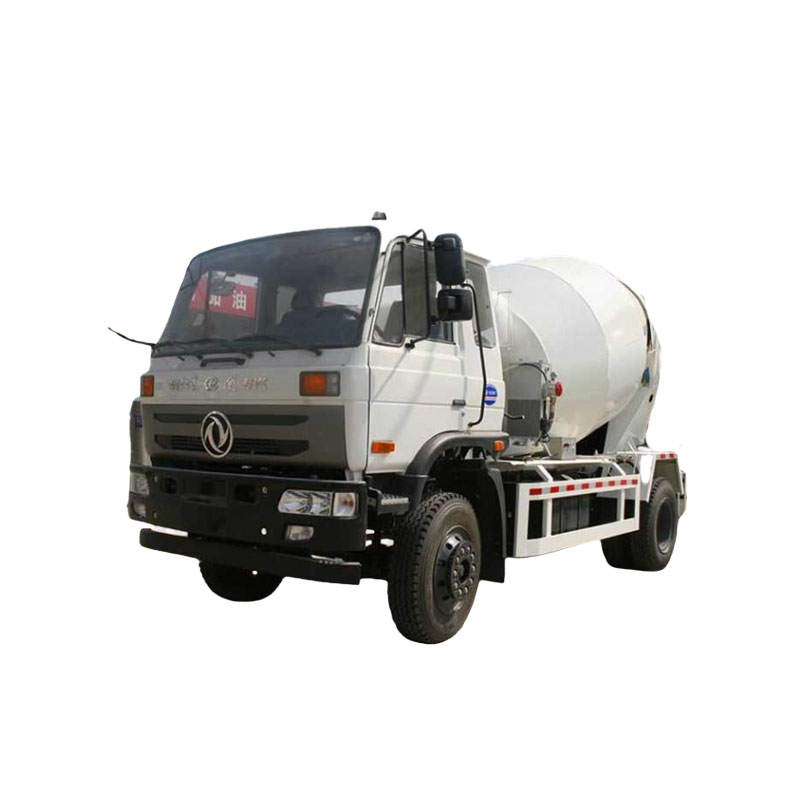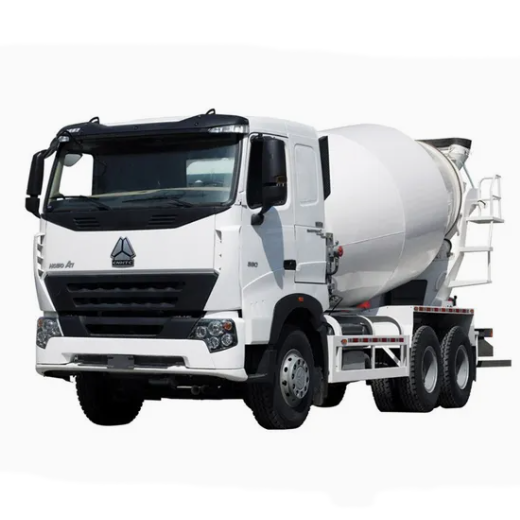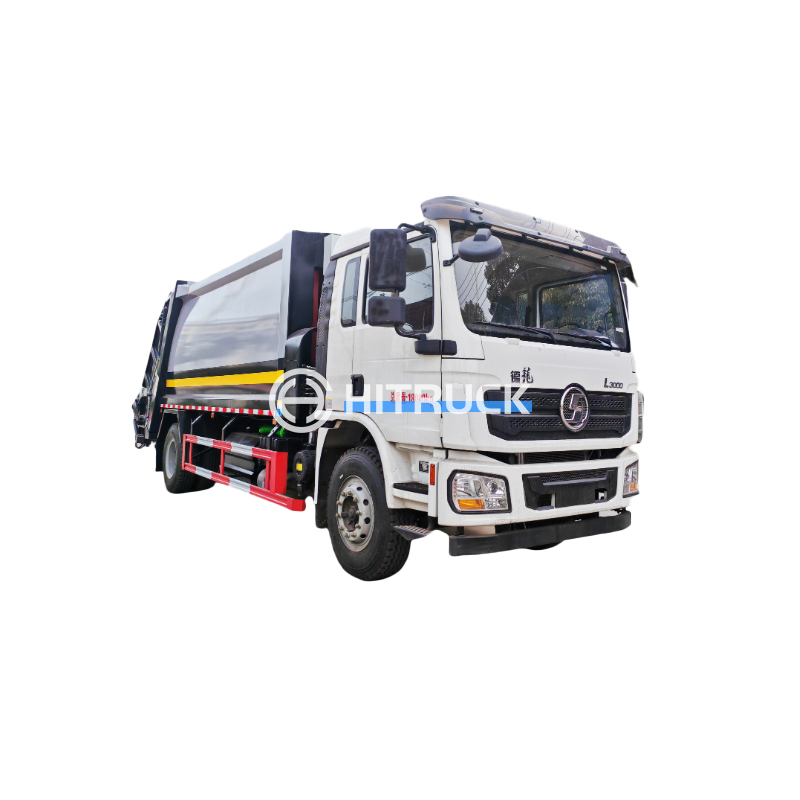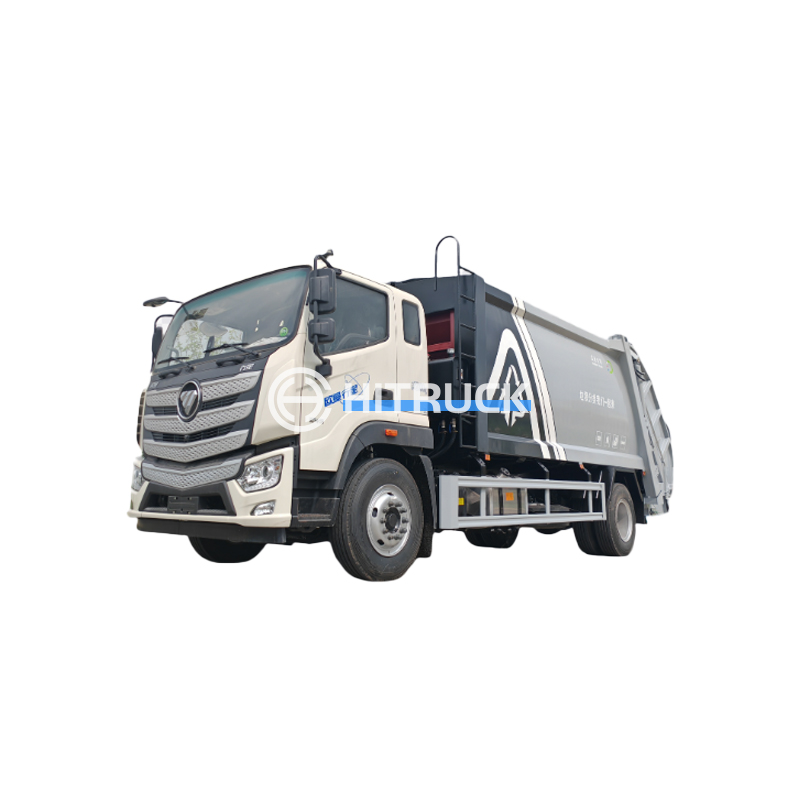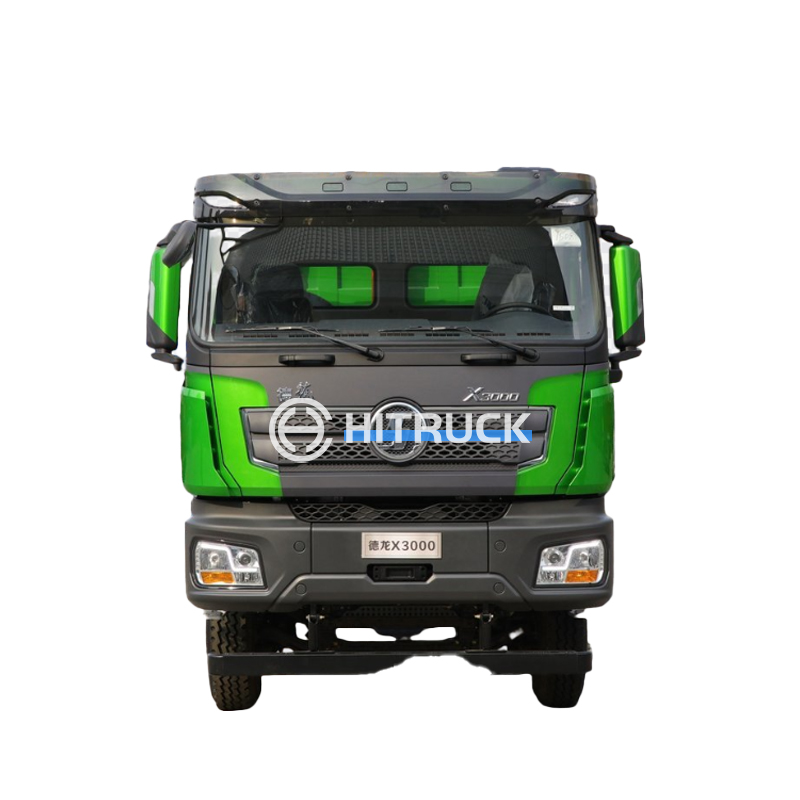Ride-On Pump Trucks: A Comprehensive GuideRide-on pump trucks offer a powerful and efficient solution for moving heavy loads. This guide delves into the various types, benefits, safety considerations, and selection criteria for choosing the right ride-on pump truck for your specific needs. We'll explore factors like capacity, maneuverability, and features to help you make an informed decision.
Understanding Ride-On Pump Trucks
A
ride-on pump truck, also known as a rider pallet jack or powered pallet truck, is a motorized material handling equipment used to transport pallets and other heavy loads. Unlike manual pallet jacks, these trucks allow the operator to ride while operating, significantly increasing efficiency and reducing operator fatigue, especially over long distances or when handling heavy loads. This makes them ideal for warehouses, distribution centers, and manufacturing facilities where productivity is paramount. Their maneuverability in tight spaces is often superior to larger forklifts, making them a versatile choice for various applications.
Types of Ride-On Pump Trucks
Several types of
ride-on pump trucks cater to different needs and budgets. These include: Electric Ride-On Pump Trucks: Powered by rechargeable batteries, these offer quiet operation, reduced emissions, and ease of use. They are often preferred in environments sensitive to noise or air quality. Electric models are generally more expensive upfront than their gas-powered counterparts but can boast lower operating costs over time. Gas-Powered Ride-On Pump Trucks: These trucks are generally more powerful and have longer operational times before requiring refueling. They are a good option for larger facilities or outdoor operations where electricity is limited. However, they produce emissions and can be louder than electric models. Stand-on Ride-On Pump Trucks: These trucks combine features of both stand-up and ride-on pallet jacks, allowing for both standing and seated operation depending on the task and operator preference.
Choosing the Right Ride-On Pump Truck
Selecting the appropriate
ride-on pump truck depends on several key factors: Load Capacity: This refers to the maximum weight the truck can safely handle. Consider the heaviest loads you anticipate transporting. Lift Height: The maximum height the truck can lift the load. Ensure it's sufficient for your loading docks and storage racks. Maneuverability: The truck's turning radius and overall size should be appropriate for your facility's layout. Narrow aisles may require a more compact model. Power Source: Electric vs. gas depends on environmental concerns, operational costs, and the availability of charging infrastructure. Features: Look for features such as ergonomic designs, safety features (like emergency stops), and advanced controls for improved operator comfort and safety.
Safety Considerations when Operating a Ride-On Pump Truck
Safety is paramount when using any material handling equipment. Always follow these guidelines: Proper Training: Operators must receive thorough training before operating a
ride-on pump truck. This includes understanding the controls, safety features, and proper operating procedures. Regular Maintenance: Regular maintenance ensures the truck remains in optimal condition, minimizing the risk of malfunctions. Safe Operating Procedures: Always follow manufacturer's guidelines and adhere to established safety protocols within your facility. Personal Protective Equipment (PPE): Appropriate PPE, such as safety shoes and high-visibility vests, should be worn at all times.
Where to Find Ride-On Pump Trucks
For a wide selection of high-quality
ride-on pump trucks, consider exploring reputable suppliers and distributors in your area. Online marketplaces can also be a valuable resource, offering comparisons and reviews from other users. For a comprehensive selection and excellent customer service, check out
Suizhou Haicang Automobile sales Co., LTD. They offer various models to suit various needs and budgets.
Conclusion
Investing in the right
ride-on pump truck can significantly improve efficiency and safety in your operations. Careful consideration of the factors discussed above, coupled with proper training and maintenance, will help ensure smooth and productive material handling within your facility.


